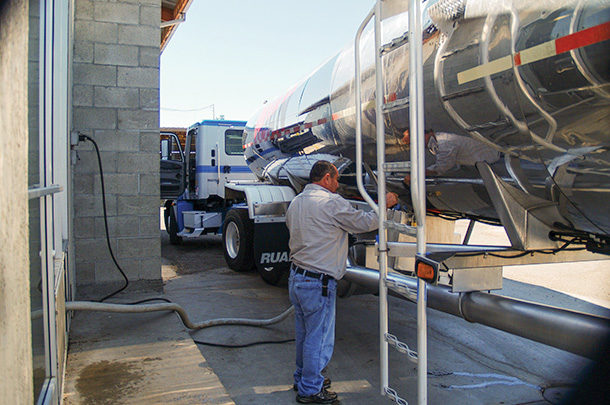Basis is a very important number. It can be a metric used to determine your likelihood of profitability. It will tell you how your sales are priced compared to another processor. Even though dairy farmers today do not have much option to pick and choose where their milk is sold, basis is a number you should know.
(Note: We will be referencing Class III in Federal Milk Marketing Order (FMMO) 30 specifically in the following examples.)
The basis on a milk check has been a topic of many conversations through my career. The problem I’ve observed is everyone is going about it differently, and most of them are doing it wrong. Are you curious what your basis is? Read on.
To start, let’s get the critical statement out of the way. Basis is not as simple as the difference between your pay and the Class III price. In other words, if Class III price for a month is $18 and your actual pay is $19, your true basis is not $1. There is much more to the equation, a lot more. You need to know exactly how you are getting paid for your milk. It likely represents about 90% of your business’s revenue.
I won’t get into the details of FMMOs, but this Class III Price diagram from the USDA is a great visual and indicator of their complexity (Figure 1).

Let me put all of that in simple terms. The FMMO declares the price per pound of butterfat, pound of protein and pound of other solids. It also declares the price for somatic cell count (SCC) and producer price differential (PPD). By putting actual milk numbers into an equation, one can calculate the minimum amount a private processor is required to pay for your milk. Looking at the difference between what FMMO states should get paid and what was actually paid reveals your true basis. A farm with higher components is required to receive higher payment for the same weight of milk with lower components. Table 1 is an example using August 2021 FMMO 30 numbers.

Here is the formula to calculate: (FMMO BF$ X BF%) + (FMMO PRT$ X PRT%) + (FMMO OS$ X OS%) + ((350 – SCC) X FMMO SCC$) + FMMO PPD$ = FMMO pay price.
In this scenario, the pay price would be $17.51 per hundredweight (cwt) if the milk plant paid exactly the same as the FMMO, without any additional premiums ($7.2551 for BF + $7.6819 for PRT + $2.1712 for OS + $0.1856 for SCC + $0.2200 for PPD = $17.5138).
Many milk plants have various calculations and/or premiums that vary from the FMMO. Some plants may pay component premiums, where the price per pound of protein, for example, could be on a sliding scale depending on component test results. Some plants may have a flat volume premium. Some plants may have a different method of calculating SCC premiums. Whatever the case may be, you are now able to look at your actual gross Pay and compare it to the FMMO calculation.
As the chief financial officer for Breeze Dairy Group, I’ve analyzed various farms that have been for sale over my career so far. The first questions I ask are: 1. Where is the milk shipped? And 2. Can I get a copy of the recent milk check(s)?
Long gone are the days of a milk processor knocking on doors and offering a $2 premium. Today, processors are full, and farmers don’t have options to be looking for competitive places to ship their milk. By knowing the calculations above, I am able to build out more accurate assumptions in budgeting and forecasting.
The next time a fellow farmer asks you about your milk basis, you’ll be able to compile accurate information and give them a real answer.







